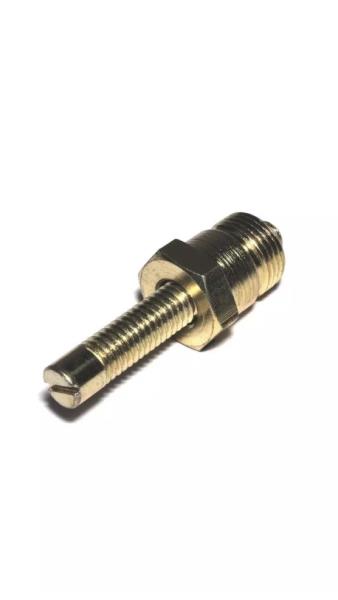The language barrier complicates things but there are translation abilities online today that make things a lot easier than it used to be.
What you want is the Ford Shop Manual for your car. It will have all the specifications and setup adjustments to optomize the tuning. MoToRs Repair manuals also have a very good tuneup section at the beginning.
Today I always suggest that any "new" car someone takes ownership of first have the true TDC "0" mark on the vibration damper checked or verified with an 18mm piston stop. Comp Cams part #4792; or, you can make one from an old spark plug and threaded rod. Pull all the spark plugs, install the tool in the #1 cylinder, turn the engine over by hand in both directions till the #1 piston hits the stop. The true #1 TDC lays exactly halfway between these two points. It is important to verify this, because all subsequent ignition timing events are predicated on this start point being true and correct. It is very common for the outer steel inertia weight to slip off its "clock" or axis, making the timing marks on the damper inaccurate. If the damper on your engine is original it should be replaced regardless.
A cylinder compression test will also prove if there are other engine derangements. Make sure all the spark plugs are removed and throttle & choke blocked open wide, and battery is charged completely. Gauge Needle should move quickly and powerfully to a high level relatively quickly, and ideally all cylinders within 10%
16" of idle manifold vacuum isn't necessarily too bad, but this is dependent on the type of camshaft installed, (and your local altitude) a stock motor in good condition should pull about 20" at Sea level. If you have a stock motor, then it sounds like retarded ignition timing, or tight valve lash, or both.
If you take a deliberate, methodical approach to troubleshooting, setup, and adjustment for every component and system you will be rewarded with a fine running machine, you'll get there.
